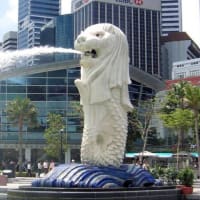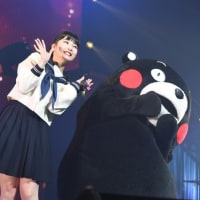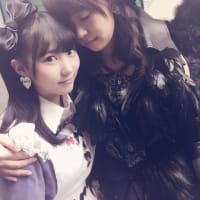
I suppose many Kids’ English school teachers have experienced some difficulty in deciding the proper level in which to place kids. For example, how do you decide the level of a 4-year-old girl born and raised in the USA, or a 11-year-old boy who has never studied English? In this article, I would like to introduce a useful idea for deciding class levels.
I introduced “ the marginal/critical period of acquisition of a certain language” in the former article. “The line”, in most cases is 9-10 years after birth. This means the latest a human-being is able to completely absorb the essence of his/her own mother tongue is around 9-10 years old. After this age, very few people can obtain native-level verbal skills of a certain language. This idea of “The marginal/critical period” provides a theoretical base of decision-making. It is best that 11-year-old children should not be placed in a class with 6-year-old children even if their English ability is not so different.
“The marginal/critical period”, however, does not provide much guidance for the case mentioned in the first paragraph; how to deal with 4-year-old almost native speaker and 11-year-old who has never learnt English. The two prospective students should not be placed in the same class not only because of the “marginal/critical period” but also because of the idea of “Expansion of Kids’ World,” which I am going to introduce here.

Present research of brain science and development psychology make clear an inner world of children. According to such recent reports, the inner world of 0-3 year old children consists of only himself/herself, parents, siblings, and very close kin or familiar neighbors; they cannot understand the difference between “desk” and “table” or the difference between “book” and “dictionary”. After 3-4 years, the number of members or the players in the child’s world expands exponentially at 10-11 years old. It may also be very useful to know that 5-year-old kids are at a very critical stage. The function of language dramatically changes at this age. Before, language is merely a tool for communication with other people. After five, language becomes not only a tool for communicating with others but also a tool for communicating with himself/herself. The so called EGO now comes into the GAME.
After the functional change of his/her native language, that is, after the establishment of EGO, the volume and the opportunities of aural communication dramatically increases. Why? The reason is very simple. After the establishment of EGO, each child has his/her own companion to talk with all day and night in his/her inner world. This dramatic increase in talking increases children’s verbal ability dramatically.
It is not my opinion that only students of the same age be placed in a class. Few people who have any experience in the education industry will deny the value of communication among students who have various backgrounds; age, gender, culture, and so on. Therefore, I believe 5-year-olds and 7-year-olds can generally enjoy English lessons together, and that seeing a classmates inferior or superior ability in class can be very beneficial. Therefore, the guidance of both “The marginal/critical period” and “Expansion of Kids’ world” is flexible.
In conclusion, from the “Expansion of kids’ world” idea, it is better that, not only 3-5 -year olds but also 5-7-year olds not be in the same class with 12-year-olds. Of course, there are a lot of grey zone, but I truly hope that this “Expansion of kids’ world” idea will provide you with a bit more guidance in deciding levels for children.

ブログ・ランキングに参加しています。
応援してくださる方はクリックをお願いします
↓ ↓ ↓
にほんブログ村 英会話ブログ

























